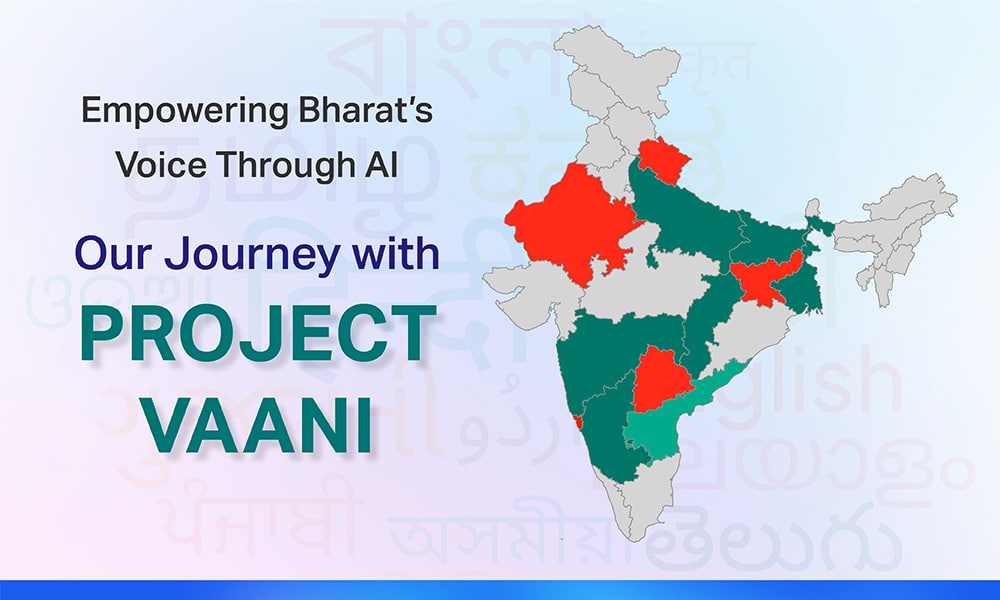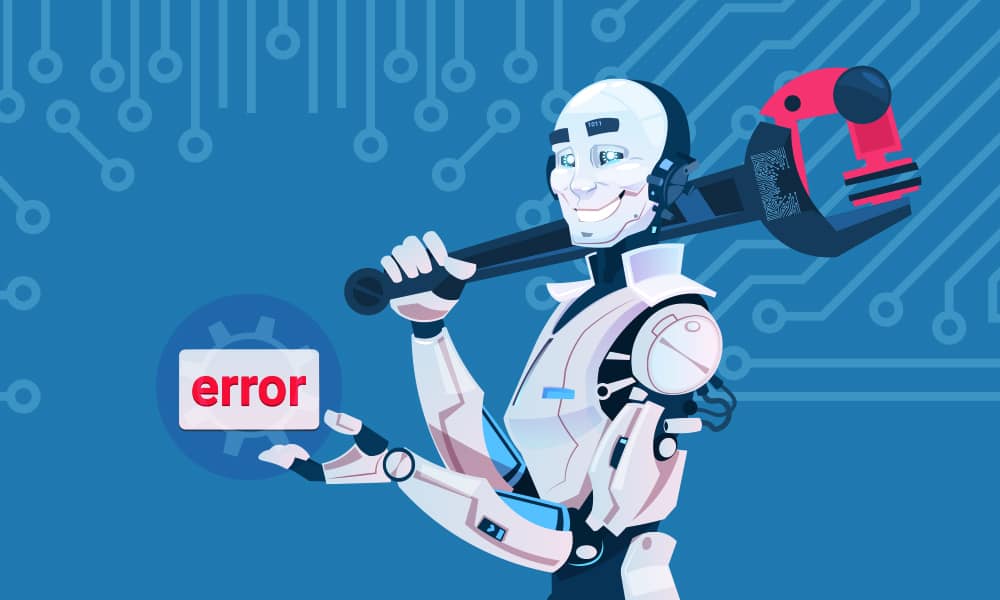In our efforts to build robust and unbiased AI solutions, it is pertinent that we focus on training the models on an unbiased, dynamic, and representative assortment of data. Our data collection process is extremely important in developing credible AI solutions. In this regard, gathering AI training data through crowd workers becomes a critical aspect of the data collection strategy.
In this article, let’s explore the role of crowd workers, its impact on developing AI learning algorithms and ML models, and the need and benefits it lends to the entire process.
Why are crowd workers required to build AI models?
As humans, we generate tons of data, yet, only a fraction of this generated and collected data is of value. Due to the lack of data benchmarking standards, most of the data collected is either biased, riddled with quality issues, or not representative of the environment. Since more and more machine learning and deep learning models are being developed that thrive on massive quantities of data, the need for better, newer, and diverse datasets is being increasingly felt.
It is where crowd workers come into play.
Crowd-sourcing data is building a dataset with the participation of large groups of people. Crowd workers infuse human intelligence into artificial intelligence.
Crowd-sourcing platforms give data collection and annotation microtasks to a large and diversified group of people. Crowdsourcing allows companies to access a massive, dynamic, cost-effective, and scalable workforce.
The most popular crowd-sourcing platform – Amazon Mechanical Turk, was able to source 11 thousand of human-to-human dialogues within 15 hours, and it paid the workers $0.35 for each successful dialogue. Crowd workers are being engaged for such a meager amount, throwing light on the importance of building ethical data sourcing standards.
Theoretically, it sounds like a clever plan, yet, it is not an easy strategy to execute. The anonymity of the crowd workers has given rise to issues with low pay, disregard for worker rights, and poor quality work impacting the AI model performance.
Benefits of having crowd workers to source data
By engaging a diverse group of crowd workers, AI-based solution developers can distribute micro tasks and gather varied and widespread observations quickly and at a relatively low cost.
Some of the prominent benefits of employing crowd workers for AI projects are

Faster Time to Market: According to research from Cognilytica, nearly 80% of artificial intelligence project time is spent on data collection activities such as data cleansing, labeling, and aggregating it. Only 20% of the time is spent on development and training. The traditional barriers to generating data are eliminated as a large number of contributors can be recruited within a short time.
Cost-Effective Solution: Crowd-sourced data collection reduces the time and energy spent on training, recruiting, and bringing them on board. This eliminates the cost, time, and resources required since the workforce is employed on a pay-per-task method.
Boosts Diversity in the Dataset: Data diversity is critical to the entire AI solution training. For a model to produce unbiased results, it has to be trained on a diverse dataset. With crowd-sourcing of data, it is possible to generate diverse (geographical, languages, dialects) datasets with little effort and cost.
Enhances Scalability: When you recruit reliable crowd workers, you can ensure high-quality data collection that can be scaled based on your project needs.
In-house vs. crowdsourcing – Who comes out as the winner?
| In-house Data | Crowdsourced Data |
|---|---|
| Data accuracy and consistency can be guaranteed. | Data quality, accuracy, and consistency can be maintained if reliable crowd-sourcing platforms with standard QA measures are engaged |
| In-house data sourcing is not always a practical decision as your in-house team might not meet the project demands. | Data diversity can be assured as it is possible to recruit a heterogenous group of crowd workers based on the project needs. |
| Expensive to recruit and train workers for the project needs. | Cost-effective solution to data collection as it is possible to recruit, train, and onboard workers with less investment. |
| The time to market is high as in-house data collection takes considerable time. | The time to market is significantly less as many contributions come quickly. |
| A small group of in-house contributors and labelers | A large and diverse group of contributors and data labelers |
| Data confidentiality is very high with an in-house team. | Data confidentiality is difficult to maintain when working with large crowd workers worldwide. |
| Easier to track, train and evaluate the data collectors | Challenging to track and train the data collectors. |
Bridging the gap between crowdsource workers and the requestor.

There is a blatant lack of information from the requestor’s end because the workers are only provided information regarding the specific task. For example, although workers are given micro tasks such as recording dialogues in their native dialect, they rarely are provided context. They do not have the required information as to why they are doing what they are doing and how best to do it. This lack of information impacts the quality of the crowd-sourced work.
For a human being, having the entire context provides clarity and purpose to their work.
Add to this mix another dimension of NDA – the non-disclosure agreements which limit the amount of information a crowd worker is provided. From a crowd worker perspective, this withdrawal of information shows a lack of trust and diminished importance to their work.
When the same situation is looked at from the other end of the spectrum, there is a lack of transparency from the worker’s end. The requestor doesn’t fully understand the worker commissioned to do the work. Some projects might require a specific type of worker; however, in most projects, there is ambiguity. The ground truth is this can complicate evaluation, feedback, and training down the line.
To counter these difficulties, working with data collection experts with a track record of providing diverse, curated, and well-represented data from a wide selection of contributors is important.
Choosing Shaip as your data partner can have multiple benefits. We focus on diversity and representative distributions of data. Our experienced and dedicated staff understand the compulsions of each project and develop datasets that can train robust AI-based solutions in no time.
[Also Read: AI Training Data Starter Guide: Definition, Example, Datasets]








